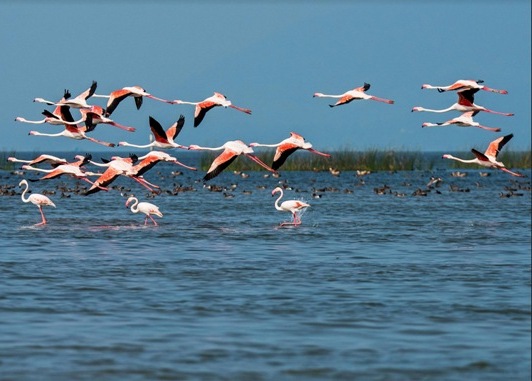Bhubaneswar: Over a million migratory birds have flocked to Chilika Lake this winter, as per a survey conducted by Chilika Development Authority (CDA).
The total bird population of Chilika lagoon will be in the range of 10.5 lakh to 10.7 lakh. The figure is little higher than the last year’s.
However, the CDA has not provided the exact number of birds along with different species as a detailed census will be carried out by Chilika Wildlife Division in near future, sources in the CDA said.
As many as 175 personnel in 29 teams comprising officials of CDA, Chilika Wildlife Division, members of different boat associations, NGOs WWF-India and Bombay Natural History Society (BNHS) have conducted the survey from morning to 12 pm Friday.
Nalabana water bird sanctuary, notified during 1987 and spread over 15.53 sq km, has one of the largest congregations with 3,74,752 birds of 114 species (74 water fowls and 40 waders). Most of these water fowls breed outside the sub-continent in the pale-arctic region and migrate to Chilika lagoon during the winter for roosting and feeding.
During the survey, the development authority found that the evicted areas from the illegal net gherries of 162 sq km have been freed and become the new place of congregation for the birds and dolphins. Areas like Gurubai and Parikuda have become important bird areas (IBA) with presence of large number of migratory ducks and geese, it said.
Dolphins are colonising new areas, free from encroachments. Few families have migrated from outer channel to central and southern sector. The CDA officials are closely monitoring their exact area of colonisation with the help of hydrophones.
The direct sighting of dolphins by the survey team was difficult at many places due to inclement weather condition. It will be surveyed in near future, they said.
During the survey, the CDA observed that the population of waders was less as comparison to previous years. The waders are dependent on mudflats which are dynamic in nature and affected by the storm surge during the cyclone ‘Fani’. It will recover in due course of time and will be suitable for the waders to feed on, the CDA said.
